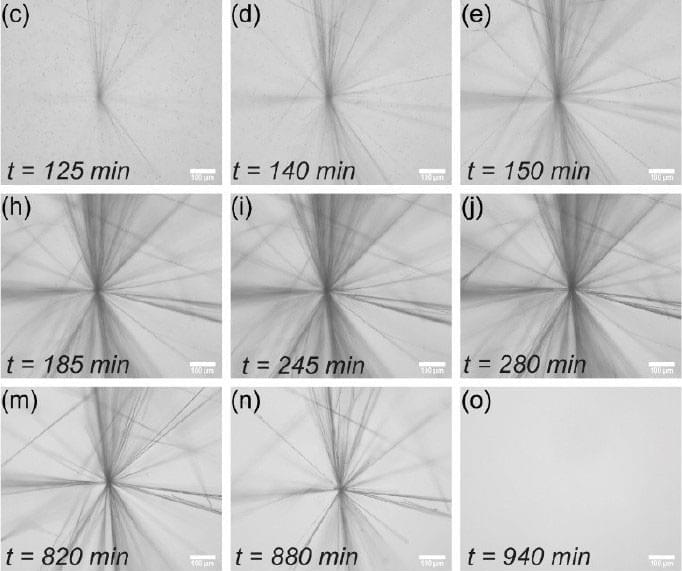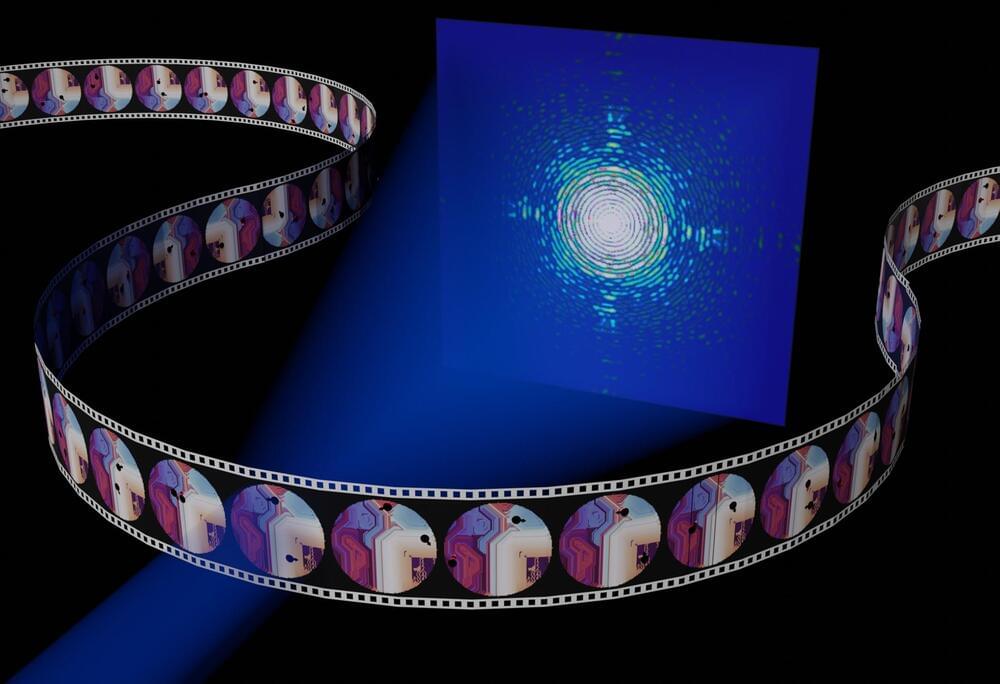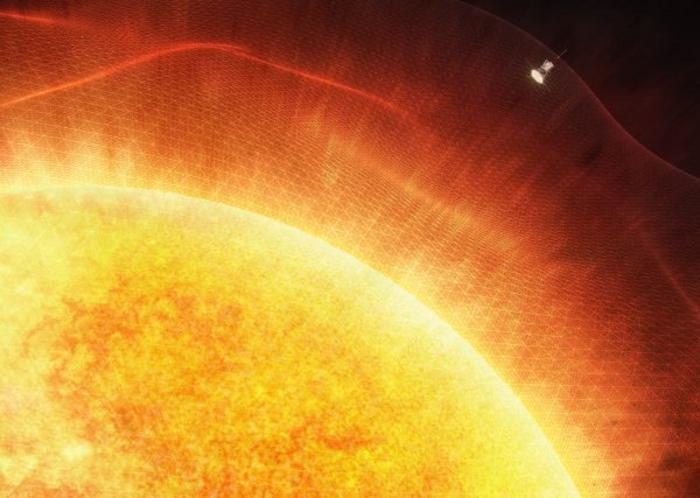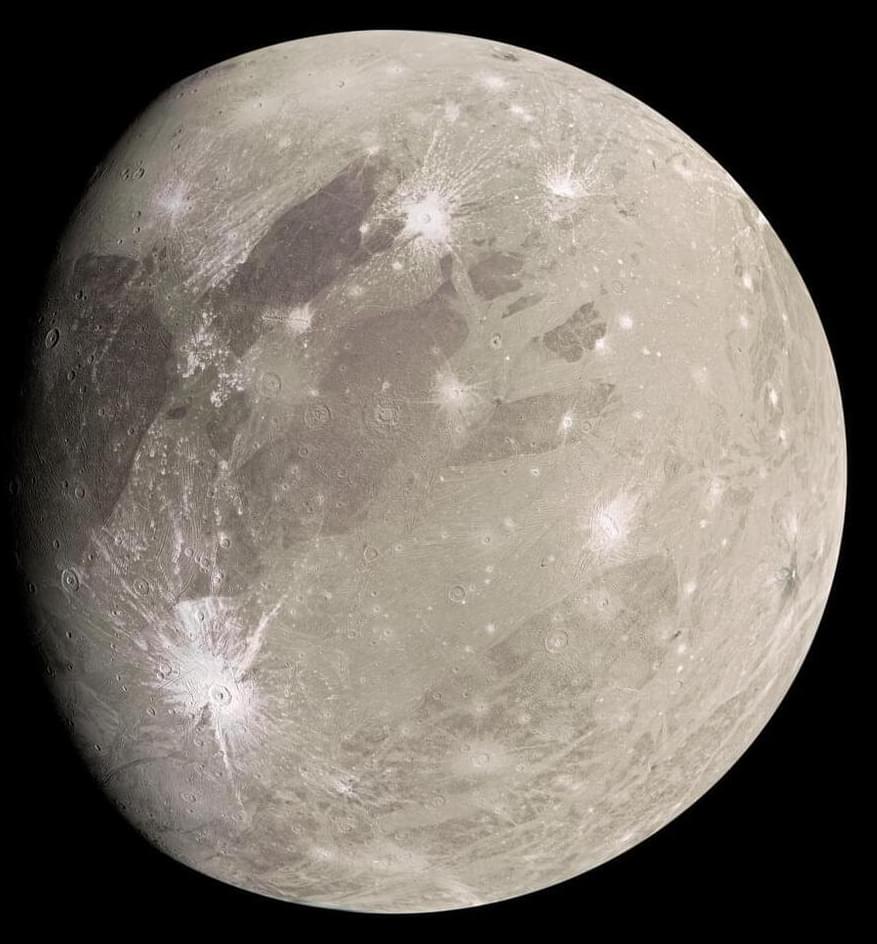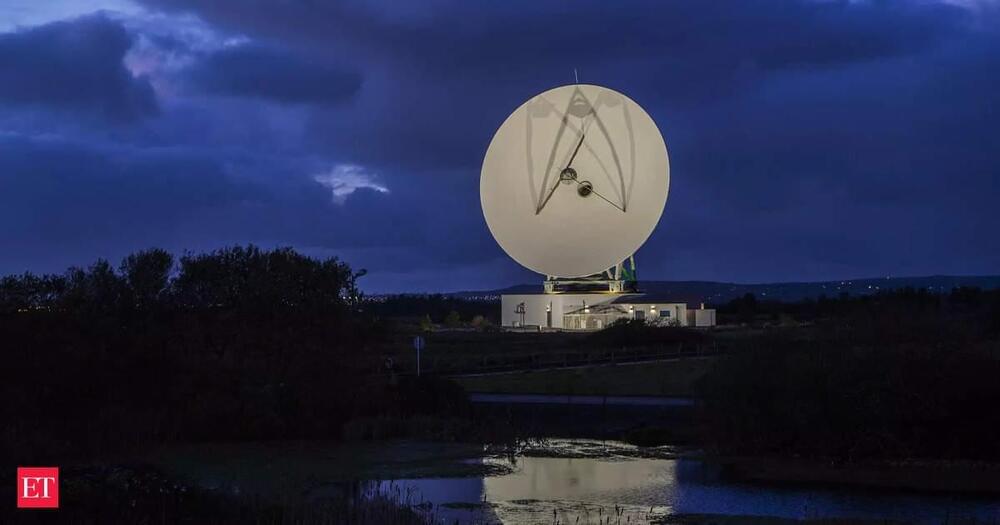Sep 4, 2024
Designing a Futuristic Magnetic Turbine (MHD drive)
Posted by Quinn Sena in categories: 3D printing, media & arts, space travel
A solid state turbine may be the next evolution for marine travel, just like Novium is the next evolution of pens.
Enjoy 10% OFF and free shipping on all Hoverpens with code PLASMA:
North America \& other countries: https://bit.ly/plasma_novium.
UK \& Europe: https://bit.ly/plasma_noviumeu.
Learning from my first design, I created an improved marine thruster that uses magnetohydrodynamic thrust. It took the better part of a month, and plenty of tests. This really pushed my 3D printing skills to the limit, but it also lead to fully functional thruster that outperformed my expectations. Thanks to Onshape for their awesome modeling program. Create a free Onshape account here: https://Onshape.pro/PlasmaChannel.
First MHD thruster video here: • Using Stealth Propulsion for Ocean Tr…
Continue reading “Designing a Futuristic Magnetic Turbine (MHD drive)” »


